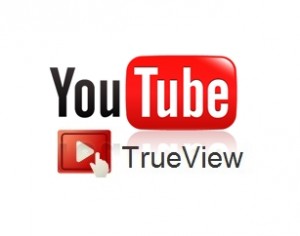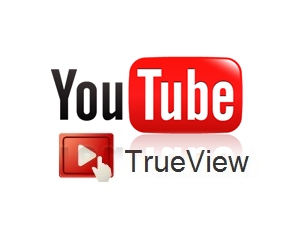
Video Advertising
As written for BusinessInsider.com
“Pre-roll makes me grumpy, is that the only monetization strategy you [Google] will have for YouTube?” That was the question posed to Neal Mohan, Google’s VP of Display Advertising at last week’s Signal Conference in San Francisco. One of the great things about having a strong moderator at a conference like this is he’s going to ask directly, and that’s just what John Battelle, Executive Chairman Federated Media Publishing, did.
Besides, no one likes that. It’s intrusive and anti-climactic. And studies show that mid-roll and post-roll ads actually perform better, because the user is already engaged. “It feels like it’s not adding value to the page,” said Battelle. He’s right; it’s not. I don’t care how targeted or contextual your pre-reel video advertisement is, if it’s not the clip of the cat that flushes its own toilet, it’s not what I want to see.
Google’s response to all this? They see a shift in YouTube strategy taking form, and the push is towards TrueView. Explains Mohan, “TrueView means if the user doesn’t like the ad they can skip it.” TrueView video ads are a suite of formats that afford viewers choice and control over which advertisers’ messages they want to see and when. Advertisers only pay when viewers choose to watch their ads.
New Advertising Means New Viewer Power
The product viewer experience and pricing model break down reads like this:
- Ad plays for 5 seconds, at which point viewers can skip. Advertisers pay only if viewing reaches 30 seconds.
- Viewers purposely select to view the ad on a channel page. Advertisers pay only when the ad is watched.
- Before a video plays viewers can choose to watch one of three ads, or opt to see regular commercial breaks throughout the video. Advertisers pay only when viewers choose to watch their ad.
Riding on the Google Display Network, TrueView reaches 80% of the online population. The technology allows advertisers to layer in targeting options such as demographic and geographic filters. Because of the product’s opt-in nature, advertisers experience more natural targeting, eliminating viewers who have already seen their ad, or who are not in their market. That works for viewers like me who won’t be lured away from my current mobile carrier no matter how cute the T-mobile girl.
It sounds like Google may have found a win-win with TrueView: advertisers will reach people who are primed to hear their message, and viewers like me can choose to see the ads that are relevant and compelling to us. But the onus is on advertisers to make stuff we truly want to see.



